Every organization needs an internal digital manual for users. Gone are the days of paper manuals when users could access a digital manual online as easily as they would visit any other website. This approach saves paper and prevents the manual’s loss or damage, so users can do a quick search when they run into trouble or have a question. This removes the possibility of the manual being forgotten about in a desk drawer, as employees can save the manual as a frequently-used tab.
While sometimes you must have a paper manual available, more and more companies are moving to digital manuals. They are easily updated and accessible to users with a smartphone, tablet, or laptop, meaning they can access your manual on the move whenever they have a question.
Employees expect digital manuals rather than having to hunt through paper-based manuals. The paper quickly gets out of date and takes up lots of space, so the shift to online represents efficiency gains and a better employee experience for your organization. Digital manuals are a modern, preferable alternative to paper manuals and many software solutions exist to streamline the creation of this manual.
What is Digitizing Paper Manuals?
Digitizing paper manuals is all part of the process of digital transformation. Any guides that you have within your organization shift to online, making it easier to access information in the digital age. Any employee can access your digital manual rather than hiding it in a filing cabinet or cupboard, eliminating the need for storage solutions and updating an entire manual in one sitting.
Digitizing paper manuals makes them searchable, editable, and commendable. Specialized knowledge base software makes it easy to host your manuals online and makes them accessible to your internal users with a username and password. They don’t even have to be in the office to access your digitized manuals since many digital manual software provide websites that are optimized for all devices.
Whether it’s HR manuals, Standard Operating Procedures, or any other form of manual, all of them can be digitized to benefit your employees. Manuals can be centralized all in one place, hosted by the same knowledge base, so employees can search and browse for information whenever they have a question.
Internal documentation is becoming digitized, shifting to online and always-on instead of paper-based and cumbersome.
Why Should One Digitize Paper Manuals?
Digitizing paper manuals offers significant advantages.
Can be Accessed Anytime, Anywhere
Online, digital manuals can be accessed anywhere by anyone with a smartphone, tablet, laptop, or desktop and an internet connection. This makes your digital manuals truly accessible for employees in your organization who may need to quickly consult the manual, thus encouraging the adoption of your manuals. Employees can even access them off-site when they are away from the office.
Quick Search Functionality
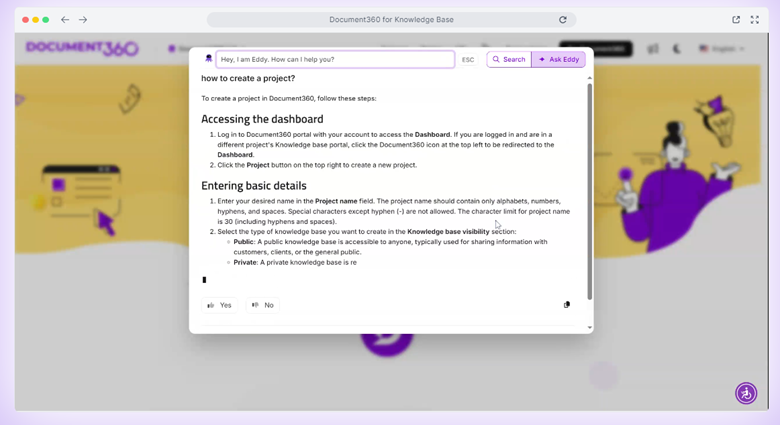
Digital manuals are much easier to search for users than paper manuals. AI-assisted search bars enable employees to quickly find what they need in the knowledge base, with typo-tolerant search in case they don’t quite input the exact search time. With paper manuals, except for looking into the context page or index, there is no way to easily search the manual for the correct information.
Localization for Global Users
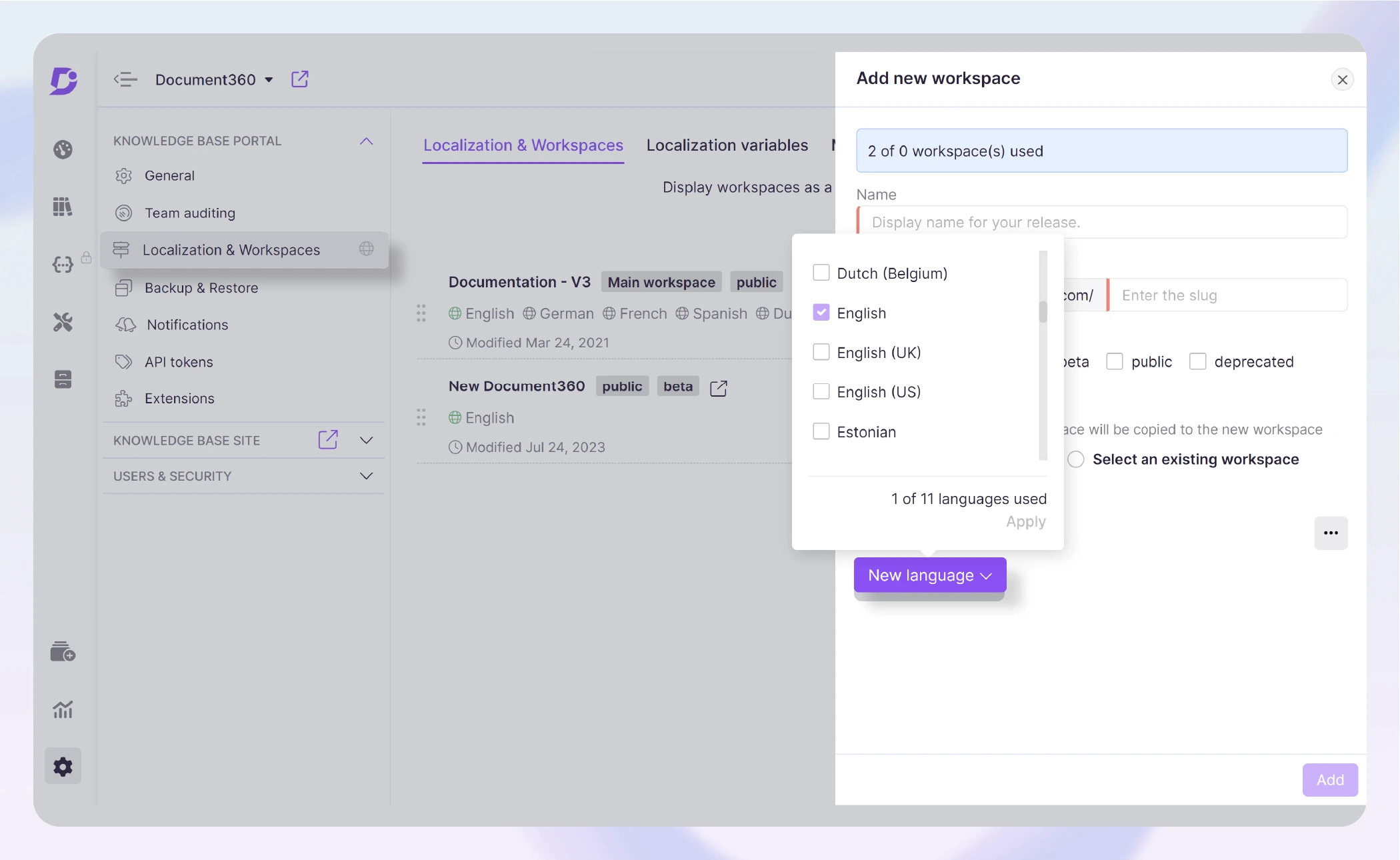
Digital manuals can be localized and translated for global users, making them much more accessible to an international audience. In-built translation features make translating your manuals much easier and cost-effective, and it’s simple for users to toggle between different languages in the knowledge base. It’s much more cost-effective than printing paper-based manuals in several languages.
Reduction in Printing and Distribution Costs
Hosting an online, digital knowledge base saves printing and distribution costs because everyone can access the same manual with an electronic device. This saves paper and the need to distribute the manual to different locations around the world. The cost of a digital manual is limited to the software and hosting of the online knowledge base, which users can access from any location without traveling.
Easier Updates and Maintenance
Without printing your manual, it’s easier to update the digital version by logging into the system and amending content as needed. Once the update is made, the change is reflected in the manual for all users who can then access the latest version. It’s not a case of print once and being stuck with the manual until the next edition. You don’t need to reprint the manual again once you’ve made changes, meaning print manuals quickly become out-of-date and need to be re-issued.
Enhanced Security
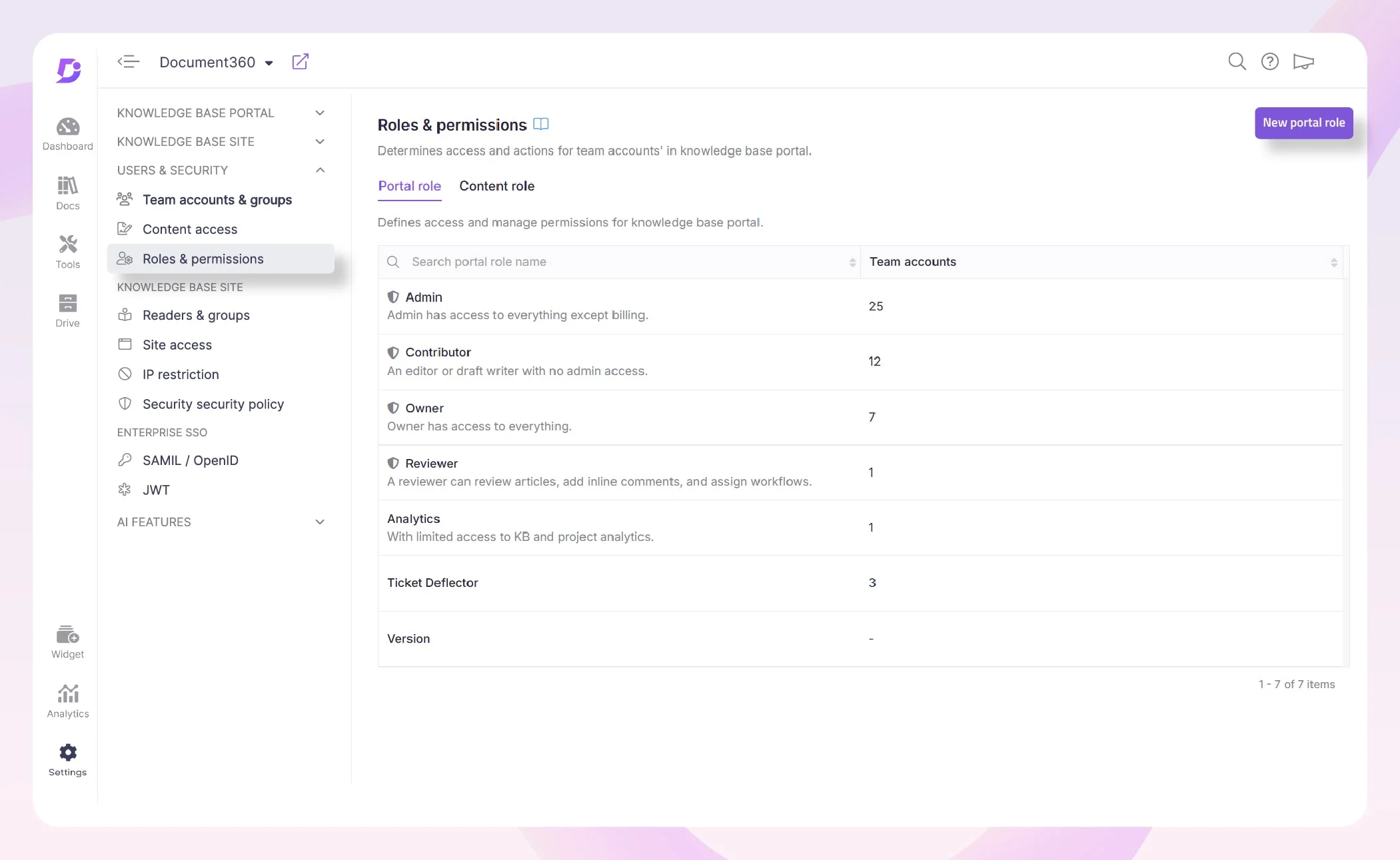
Digital manuals are more secure for your organization because they can require usernames and passwords to access. Although hosted online, only users with the right permissions can access your knowledge base content because digital manuals can be internal to your organization. Documentation in the digital manual remains private to your employees, keeping sensitive information confidential.
Schedule a demo with one of our experts to transform your paper manuals into a digital powerhouse!
Book A Demo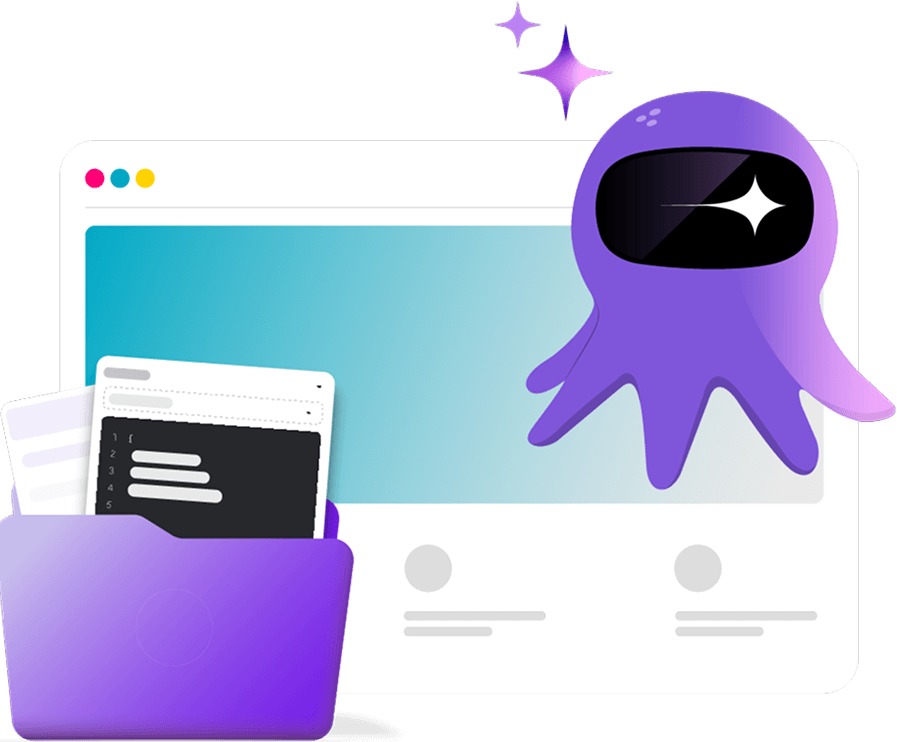
How to Digitize the Paper Manuals?
Digitizing paper manuals involves transforming physical documents into digital formats for easier access, storage, and updates. Here are the key factors to consider:
Choose the Right Tool for Your Need
Companies need to choose the right online knowledge base to digitize their manuals. A knowledge base is a centralized repository of information that can host your content with a prominent search bar. Content is organized into categories, and you can host multiple manuals as separate knowledge bases within your software.
Knowledge-based software like Document360 offers a sophisticated authoring system that assigns different permissions to the roles involved in the authoring process. The system flags when content becomes out of date, giving you a chance to update it. Failed searches turn up suggestions for new content appropriate for your manual.
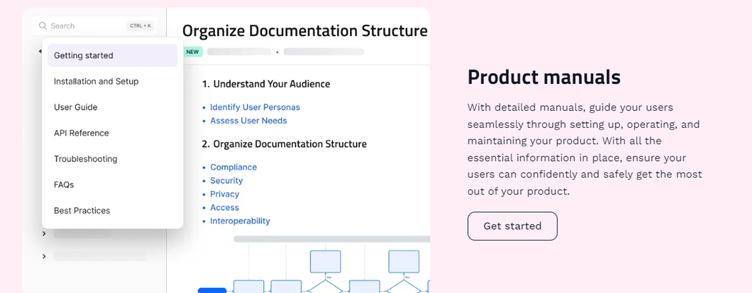
Tools with AI capabilities can help with authoring your content by removing much of the manual labor of writing articles. AI assistants can suggest outlines for your articles, provide summaries, and suggest search-friendly titles.
Use Import Function
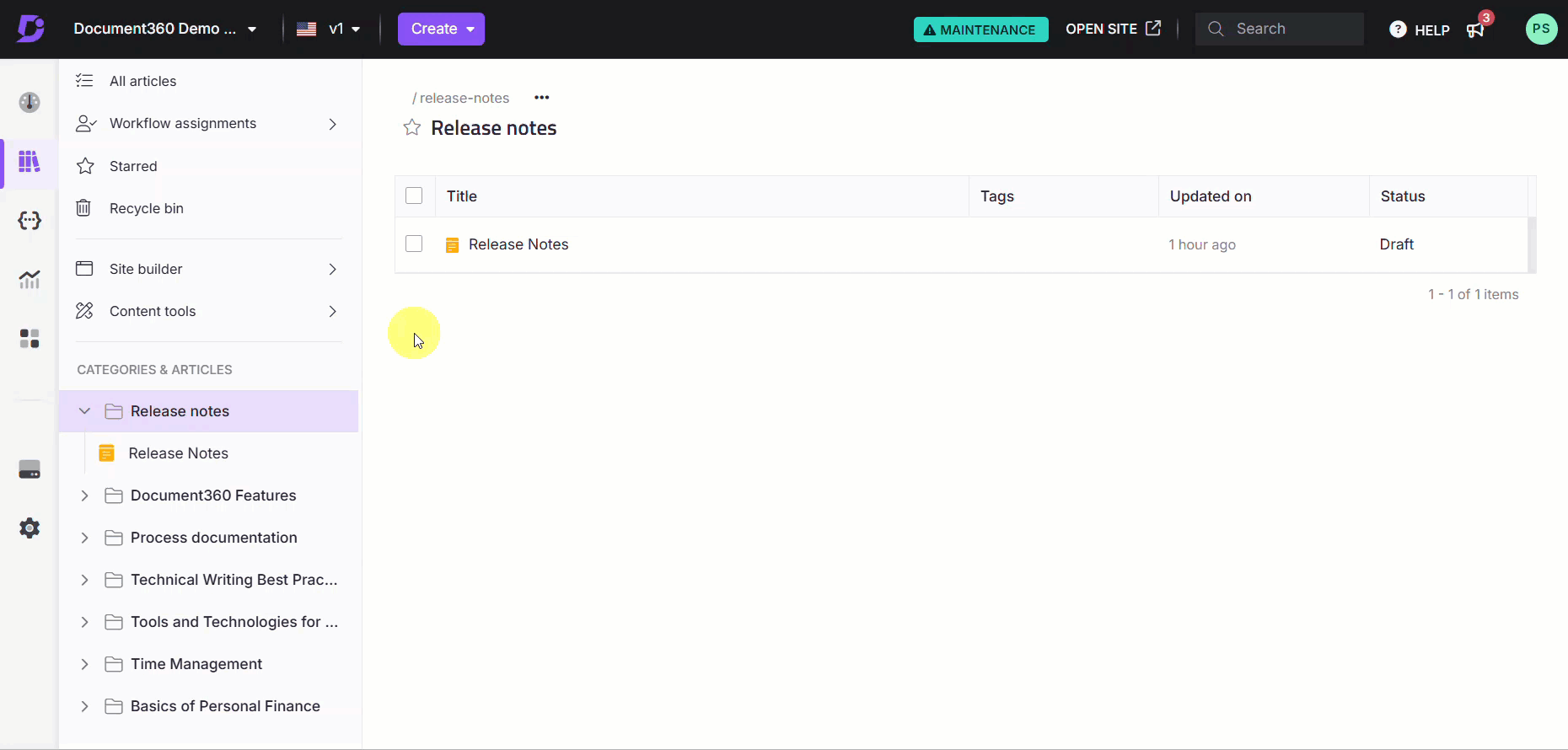
You can choose a tool like Document360 which offers a powerful Import function for authors who prefer to write their manuals in Microsoft Word. Users can write the documentation in Word and then use Import to import the documentation either as a single article, or multiple articles based on headings. This function reduces the risk that content will be lost during the copy-paste process and saves time for technical writers with a quick import that reduces manual labor.
Focus on Content Structure
Categorizing the articles in your manuals makes it easier to find content, meaning that you should focus on your content structure. Take time to think about titles for categories and to organize articles according to topic. Consider whether one manual would be better off as two or more manuals.
Make your structure intuitive and easy to follow. Organize articles logically and make them easy to follow in case anyone is reading your digital manual from cover to cover. Use categories that are broad enough to encompass a range of articles but not so broad that they become meaningless.
Organize the Information for Clarity
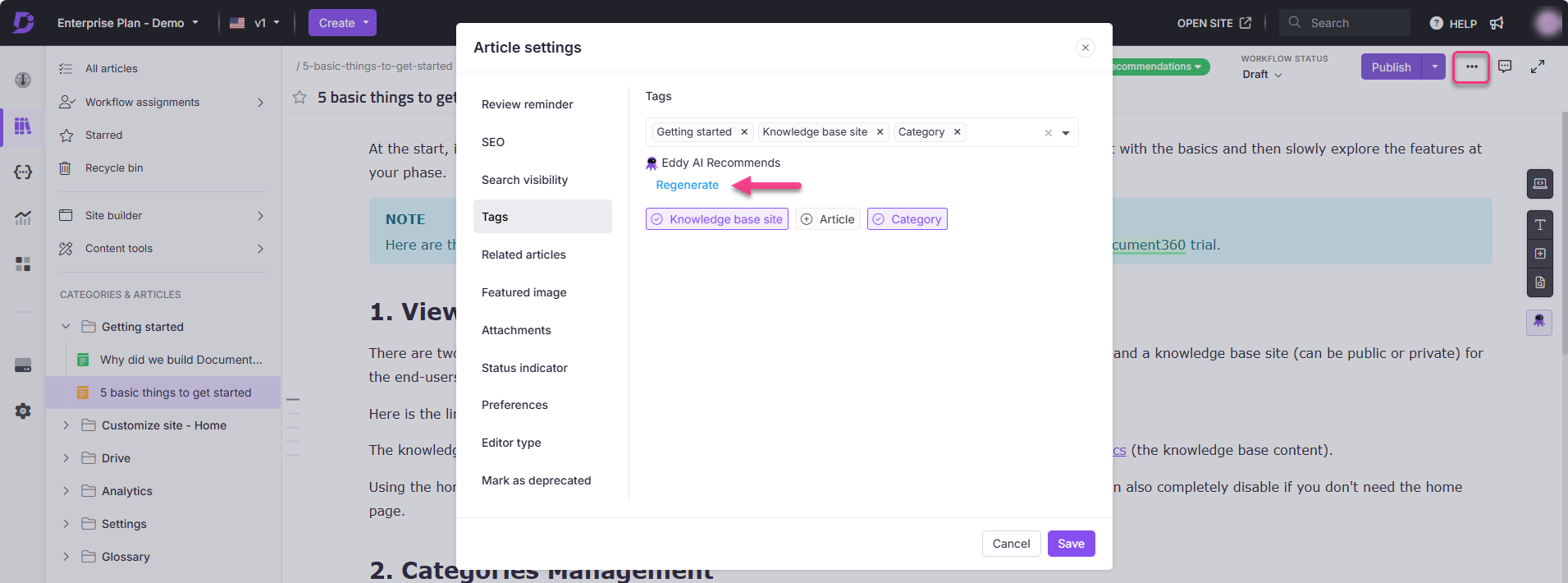
Make sure your information is organized clearly with informative titles that tell you what is contained in each article. Use information architecture to organize your knowledge base. Make your category headings descriptive so users can scan the manual for the right information. Utilize tagging to make your articles easier to find, and look for software that provides AI tagging capabilities to make tagging even easier.
Break up information within your manual articles using headings and bullet points. Avoid the long wall of text with numbered lists that walk you step-by-step through important procedures. If an article is too long, break it up into shorter articles.
Incorporate Multimedia for Better Understanding
Digital manuals shouldn’t just be text-based. Utilize the medium by including multimedia for better understanding, such as images, video, audio, and screenshots to enhance how users can learn from your content. Your knowledge base software should have an extensive multimedia library where you can store all your files for the manual’s inclusion.
With multiple learning options, you increase the likelihood of knowledge retention from your manual. Screenshots make step-by-step processes much easier to follow, with a reference point for users to consult as they move through the steps.
Implement a Feedback Mechanism
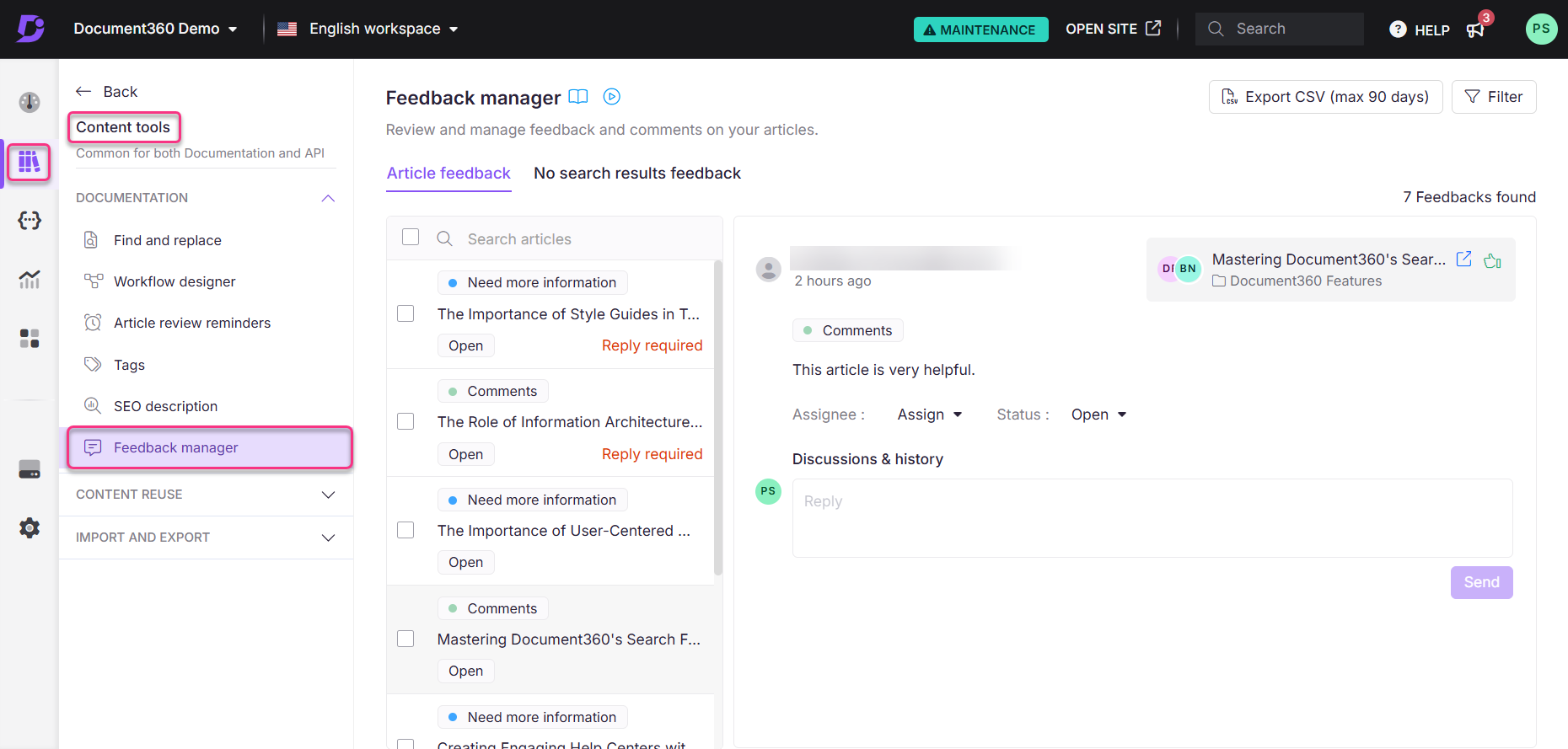
The advantage of a digital manual is implementing a feedback mechanism. Users can leave comments and rate your articles, making your manual more of a two-way communication system than a traditional print manual. Soliciting feedback from your users is a great way to make them feel more engaged and show that your organization cares about their input.
Inviting feedback also helps you improve the digital manual for future users, enabling you to find areas that could benefit from improvement.
Also Read: What is an Administrative Manual: A Quick Guide to Create One
Conclusion
Digitizing paper manuals is the way forward for organizations that want to become more efficient and increase the adoption of their manuals. It’s a cost-effective way of distributing information throughout your organization that only requires the equipment that your employees are already using to conduct their business. Removing the barriers to finding information is key to making the manual more accessible and friendly to a diverse workforce with various needs.
Digital manual software is all you need in order to quickly digitize your paper manuals. It has been specifically designed for information flow, making it easy to turn any information into an online repository that takes the form of a digital manual.
Eliminating paper is the best way to herald your business into the digital age and ensure your organization offers all the advantages of digitization. Manuals that are online will stand the test of time and appeal to more users, staying relevant even as your business changes. Use digital transformation to challenge the status quo and offer employees a better experience.
Frequently Asked Questions
-
What tools or software can be used for digitizing paper manuals?
Knowledge-based software is the best type of tool for digitizing paper manuals because you can host your documentation as a website with categories and tags. Paper manuals lend themselves well to a knowledge base that can be used as a digital manual tool ready for importing your paper files. Knowledge-based software websites are hosted online for easy search and categorization, making your knowledge easy to find in your manual.
-
How can I maintain the security of digitized manuals?
Digital manuals must be secure and you can specify access with a username and password to keep your knowledge internal just for employees. Alternatively, you can specify a specific IP address range to keep the knowledge base private to the organization.
-
How can I make digitized manuals easily accessible to employees?
Digitized manuals can be linked to the company intranet to make them easily accessible to all employees every time they log into their computers. You can conduct ongoing training to make employees aware of the existence of the digitized manual and keep their knowledge current and up-to-date.




 –
– 

